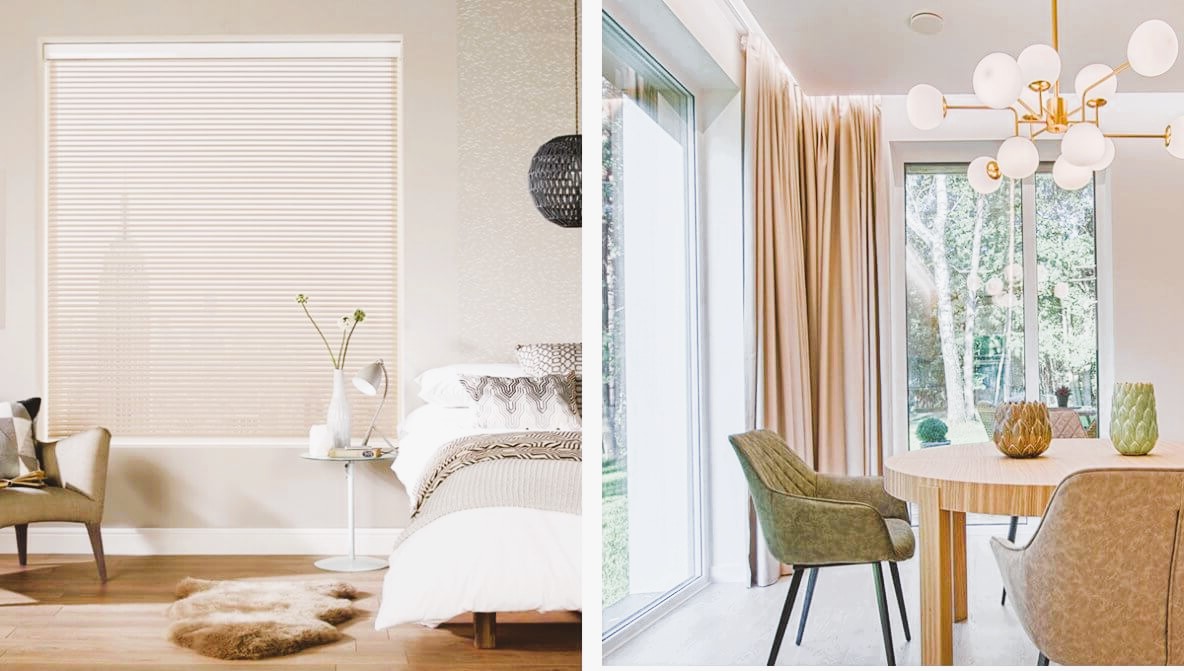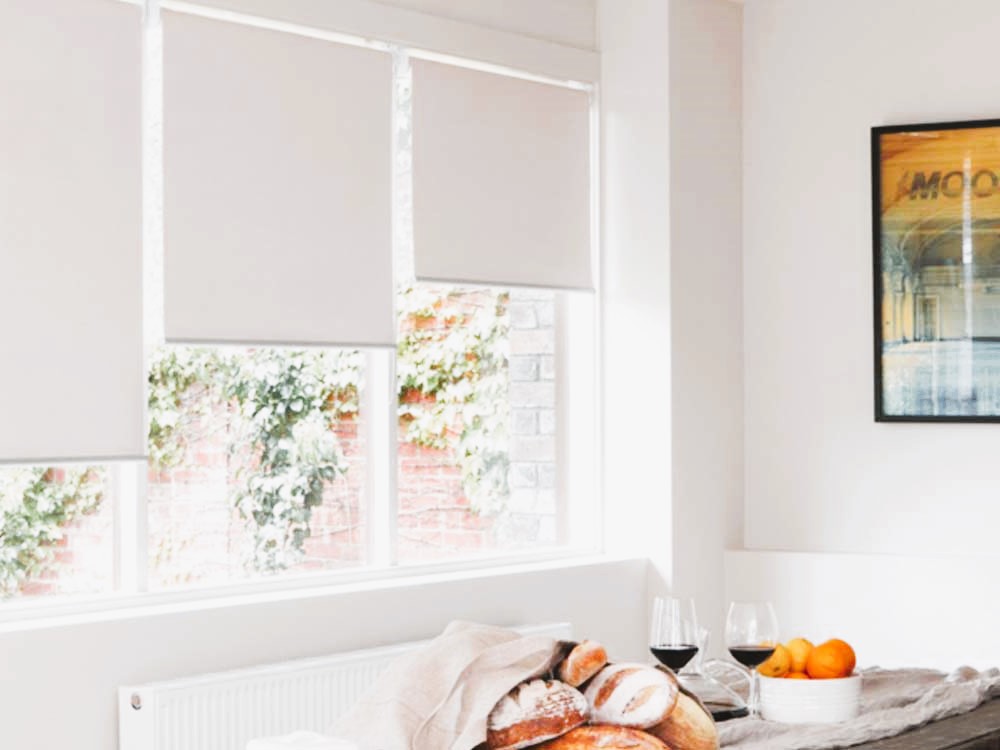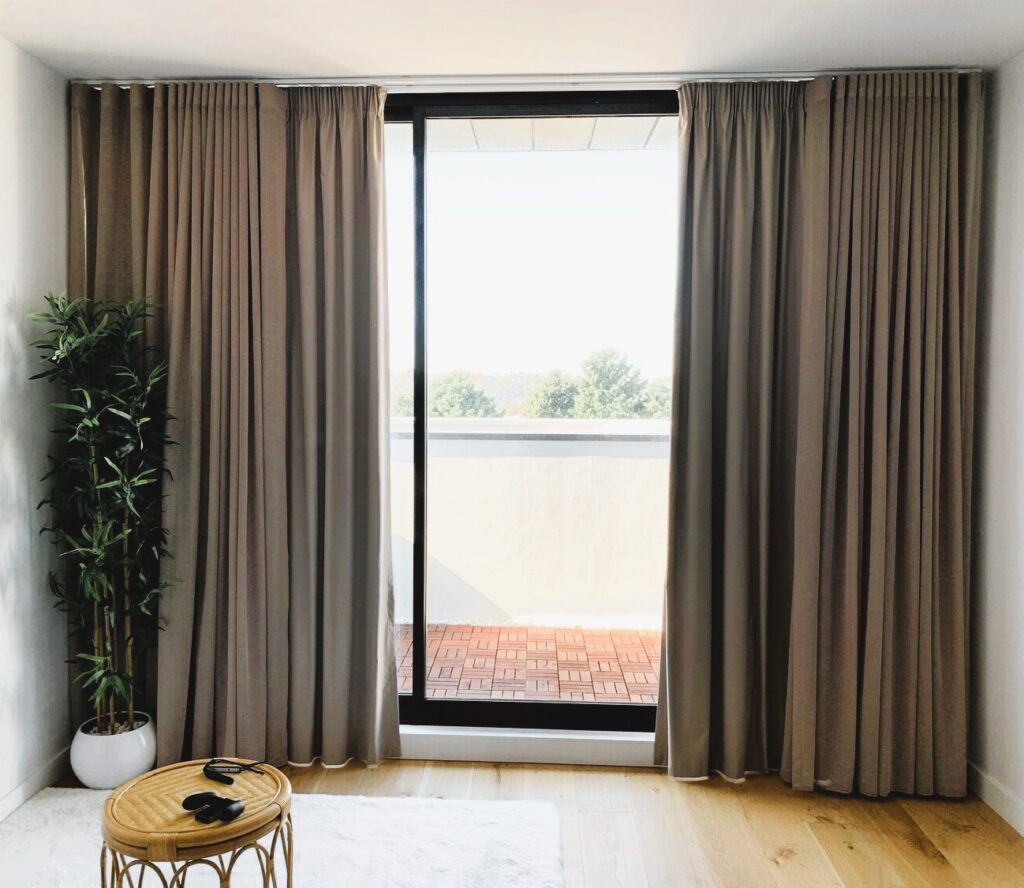
Blinds vs. Curtains: Which is the Right Choice for Your Home?
When it comes to window coverings, blinds and curtains are two popular options that offer different benefits and aesthetics. Both blinds and curtains serve the purpose of privacy, light control, and enhancing the overall design of a room. However, they have distinct characteristics that make them suitable for different needs and preferences. Understanding the pros and cons of blinds and curtains can help you make an informed decision about which option is the right choice for your home.
Blinds:
Blinds are window coverings made of individual slats or vanes that can be adjusted to control light and privacy. They are available in various materials such as wood, aluminum, or PVC, and come in different styles, including vertical blinds and horizontal blinds. Here are some advantages and considerations associated with blinds:
Advantages:
- Light Control: Blinds offer excellent light control as the slats can be tilted or adjusted to allow precise control over the amount of natural light entering the room. This feature is particularly useful in rooms where you need to reduce glare or create a dark environment, such as bedrooms or home theaters.
- Privacy: Blinds provide a high level of privacy when fully closed or tilted. The ability to adjust the slats allows you to maintain privacy while still allowing some light to enter the room. This makes blinds a suitable choice for rooms facing busy streets or areas where privacy is a priority.
- Easy Maintenance: Blinds are relatively easy to clean and maintain. Most blinds can be wiped clean with a damp cloth or dusted regularly to keep them looking fresh. This convenience is particularly beneficial for those with busy lifestyles or households with pets and children. Modern Window Coverings: Embracing Minimalism.

Considerations:
- Limited Design Options: While blinds come in various styles and materials, they generally offer a more streamlined and contemporary look compared to curtains. If you prefer a softer, more traditional, or decorative window treatment, blinds may not provide as many design options.
- Reduced Insulation: Blinds, especially horizontal blinds, may not provide the same level of insulation as curtains. The slats or vanes can allow air to pass through, potentially impacting energy efficiency. However, certain types of blinds, such as cellular or honeycomb blinds, can provide additional insulation due to their unique construction.
Curtains:
Curtains are fabric panels that hang vertically from a rod or track. They come in various colors, patterns, and fabrics, allowing for more customization and design possibilities. Here are the advantages and considerations associated with curtains:
Advantages:
- Design and Style: Curtains offer a wide range of design options, allowing you to customize the look of your space. They come in various fabrics, patterns, and textures, making them a versatile choice for different interior design styles. Curtains can add a touch of elegance, warmth, or visual interest to a room, depending on your chosen fabric and design.
- Insulation and Sound Absorption: Curtains, especially those made of heavier fabrics, can provide insulation by reducing heat loss through windows. They also help to absorb sound, creating a quieter and more comfortable environment. This makes curtains a suitable choice for rooms where energy efficiency or noise reduction is a concern.
Considerations:

- Light Control: While curtains can filter light, they may not offer the same level of precise light control as blinds. Thicker fabrics or curtains with blackout linings can provide better light-blocking capabilities. If you require precise control over the amount of light entering a room, combining curtains with blinds or shades can offer a versatile solution.
- Maintenance: Curtains generally require more maintenance compared to blinds. Depending on the fabric, they may need to be regularly washed or dry-cleaned. It’s important to consider the care instructions for your chosen curtains to ensure they maintain their appearance and functionality over time.
When choosing between blinds and curtains, it’s essential to consider safety standards, regulations, and industry best practices. For more information on window coverings and related standards, you can visit the following source:
- Wikipedia: Window Treatment – Link
These source provide comprehensive information on various types of window coverings, including safety guidelines, regulations, and industry standards.
In conclusion, the choice between blinds and curtains depends on your specific needs, design preferences, and the functionality you require for your home. Blinds offer precise light control and privacy, easy maintenance, and a contemporary look. On the other hand, curtains provide a wider range of design options, insulation, and sound absorption. By considering factors such as light control, privacy, design aesthetics, and maintenance requirements, you can select the window covering that best suits your home and personal style.
